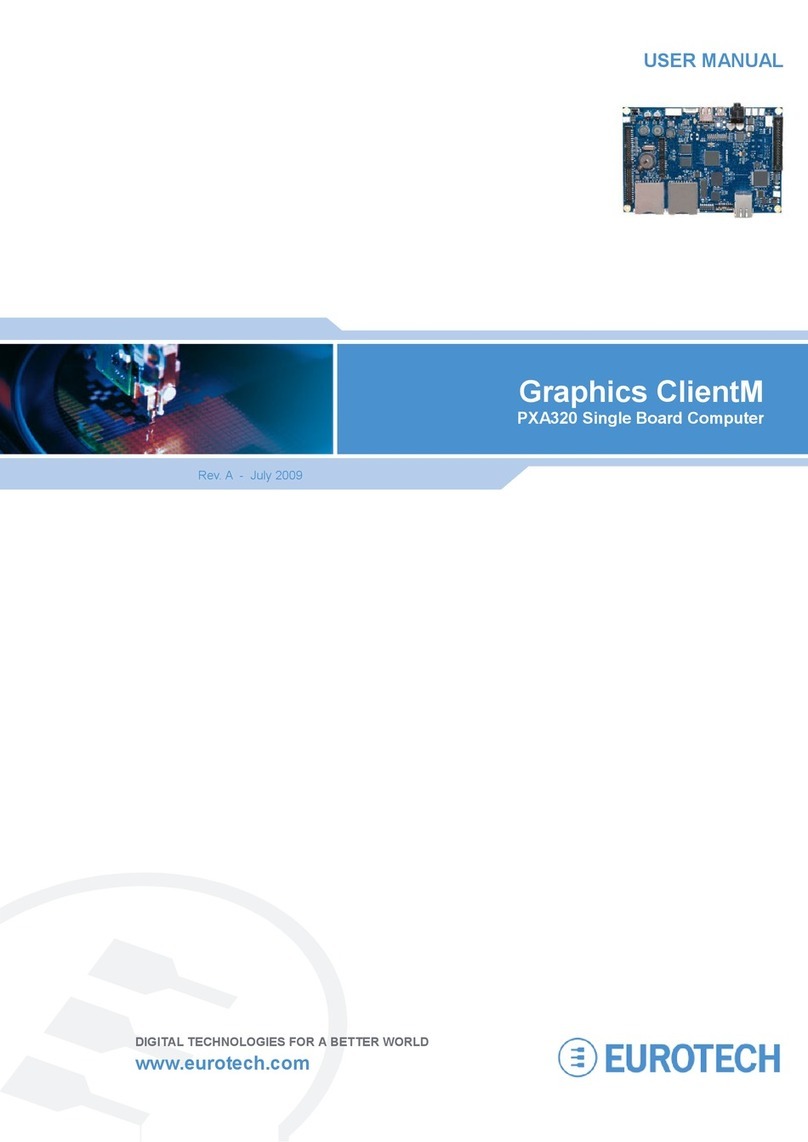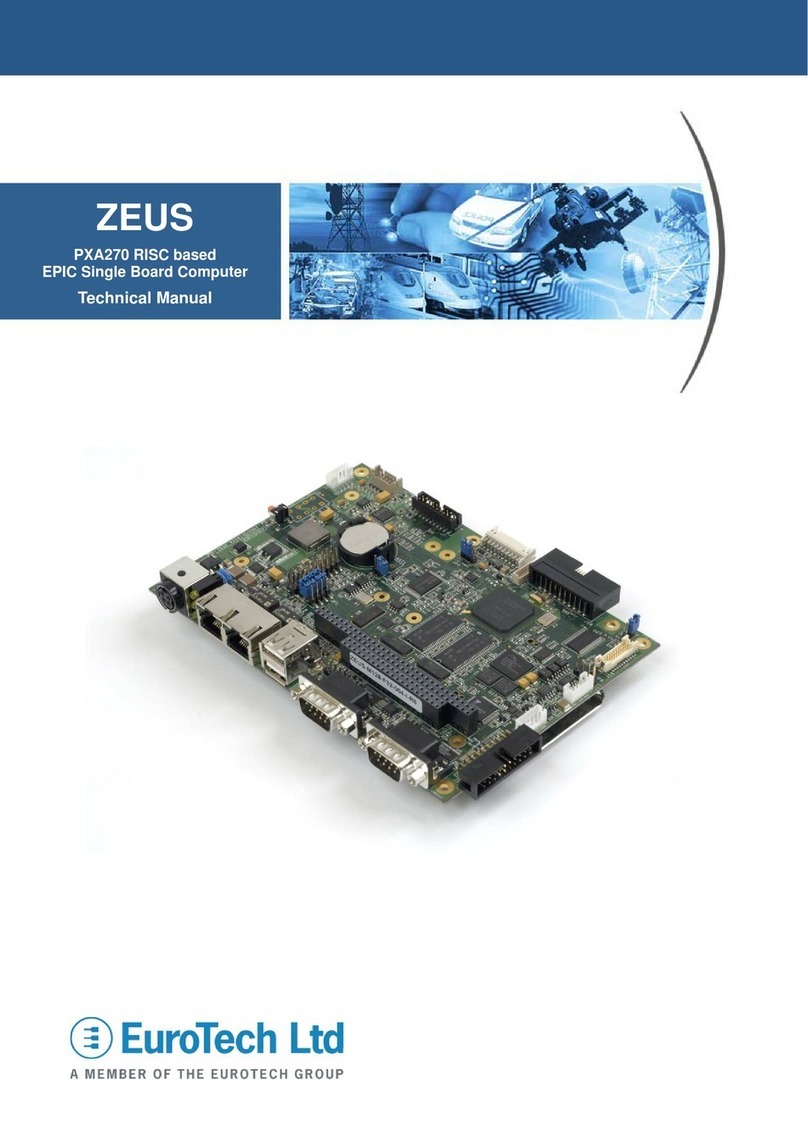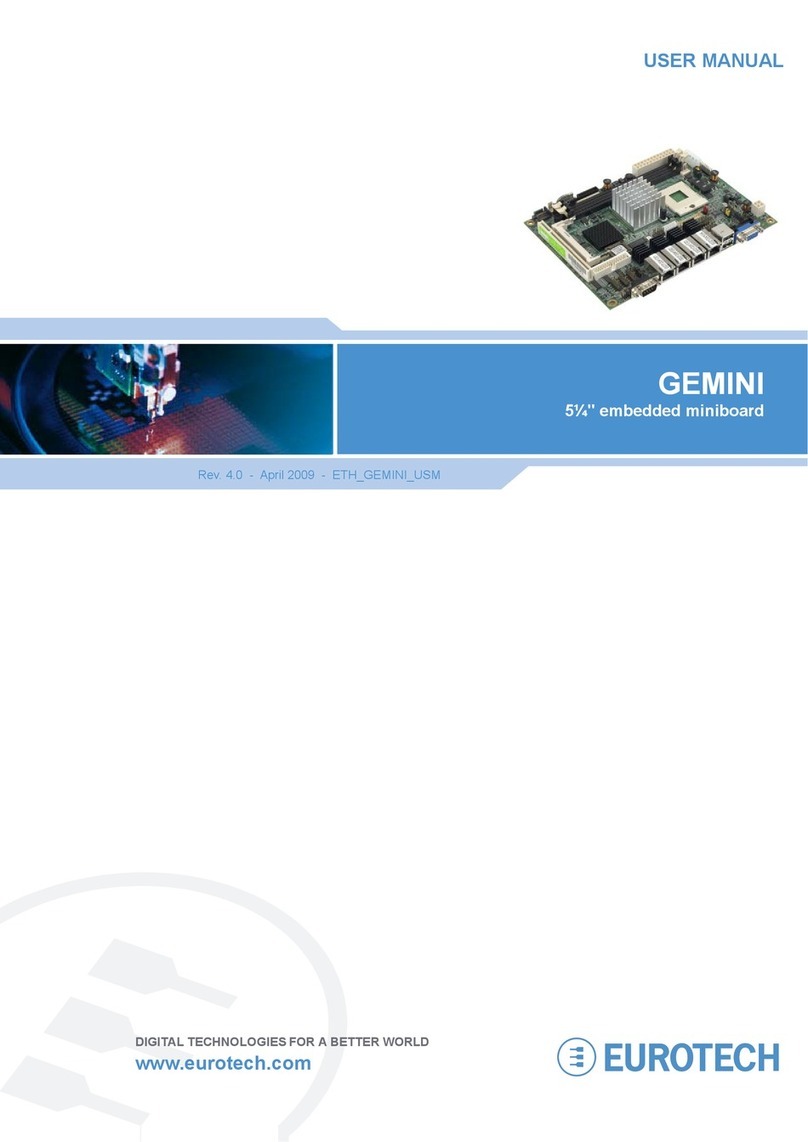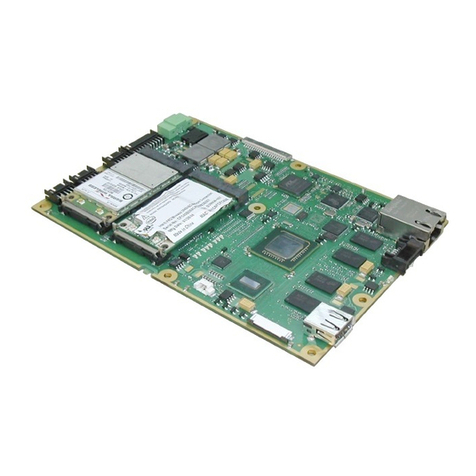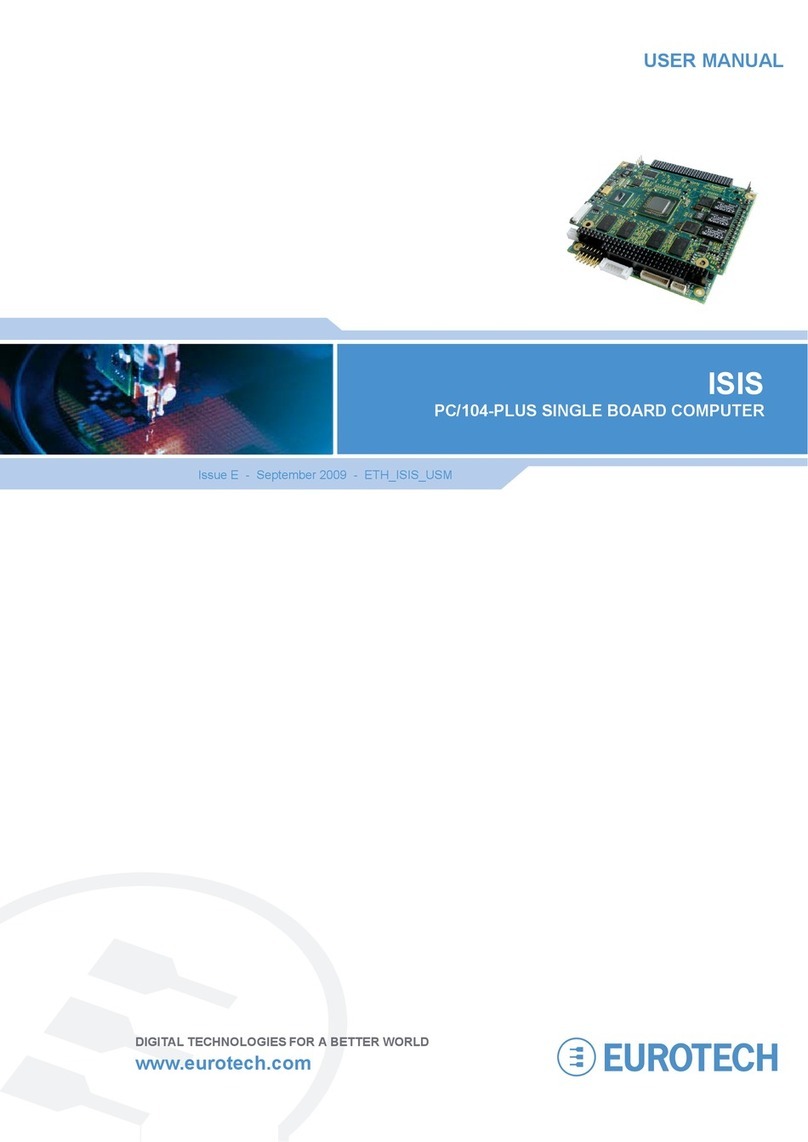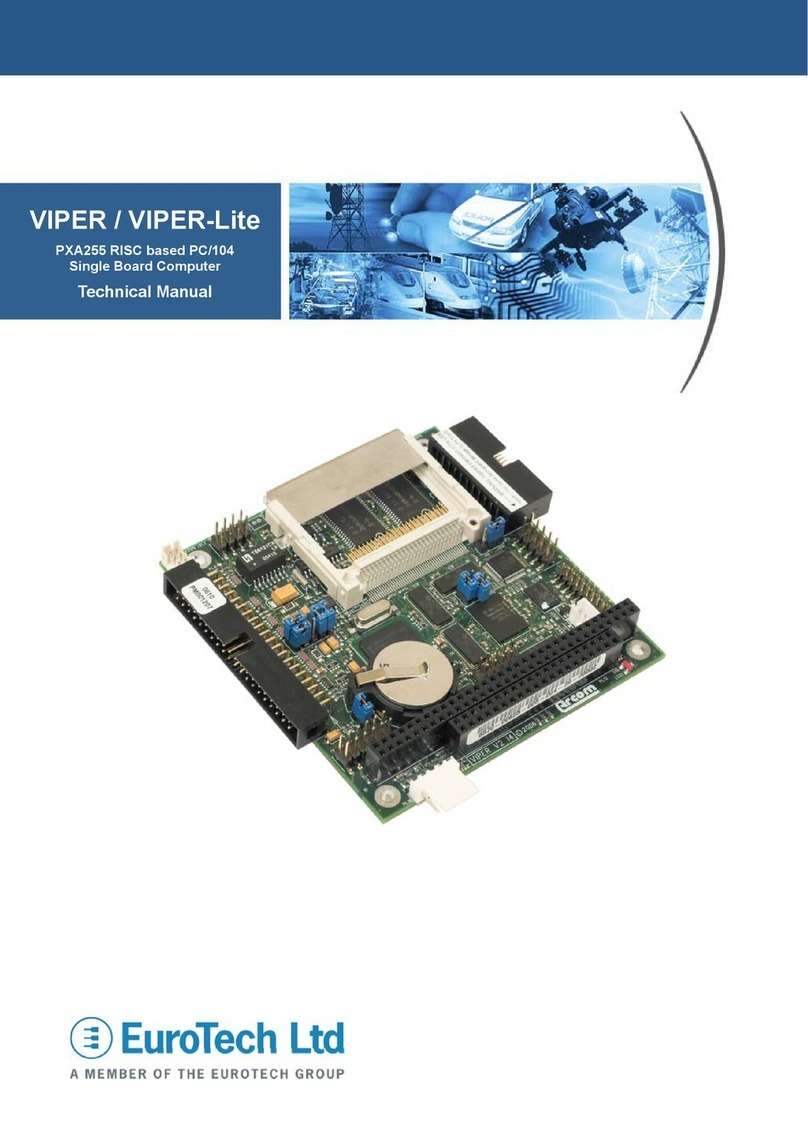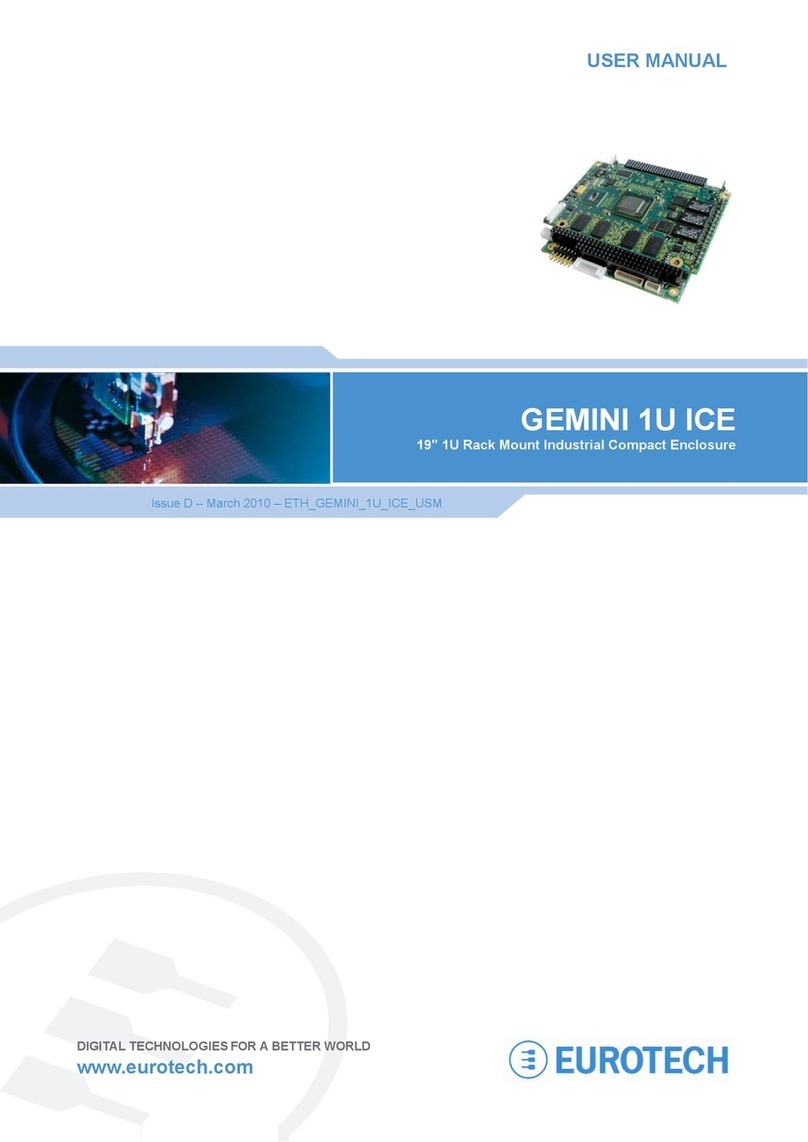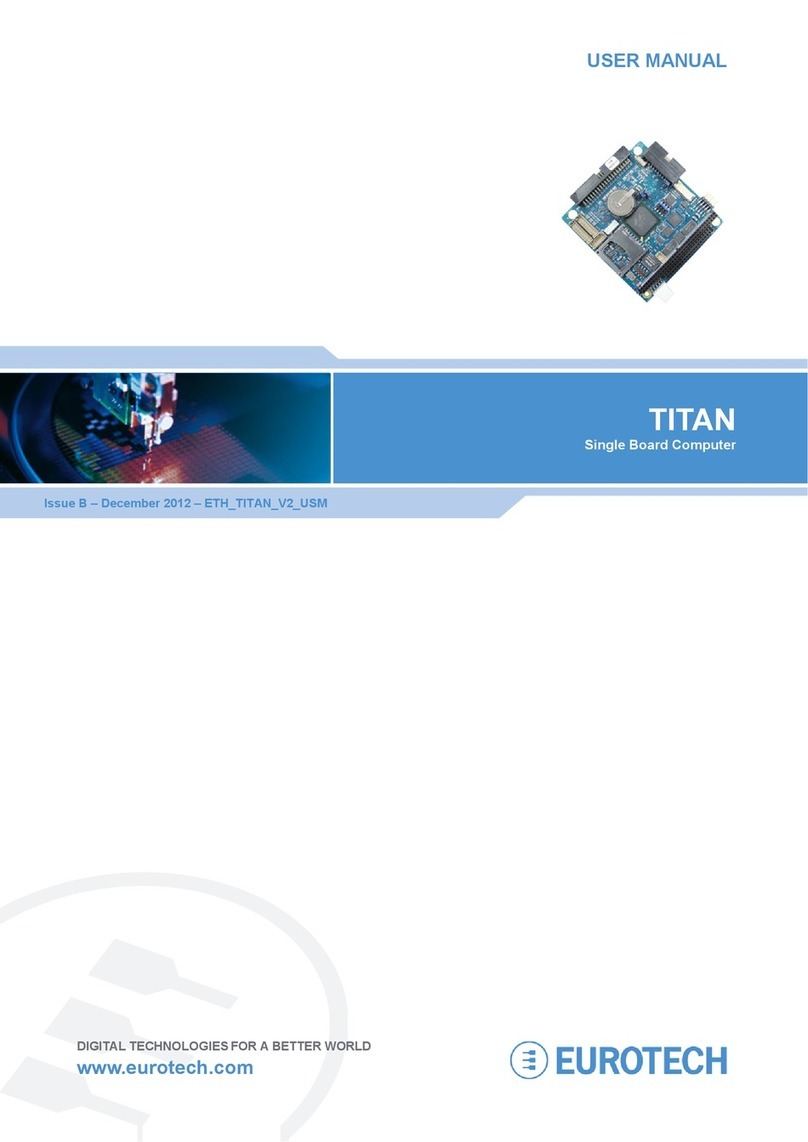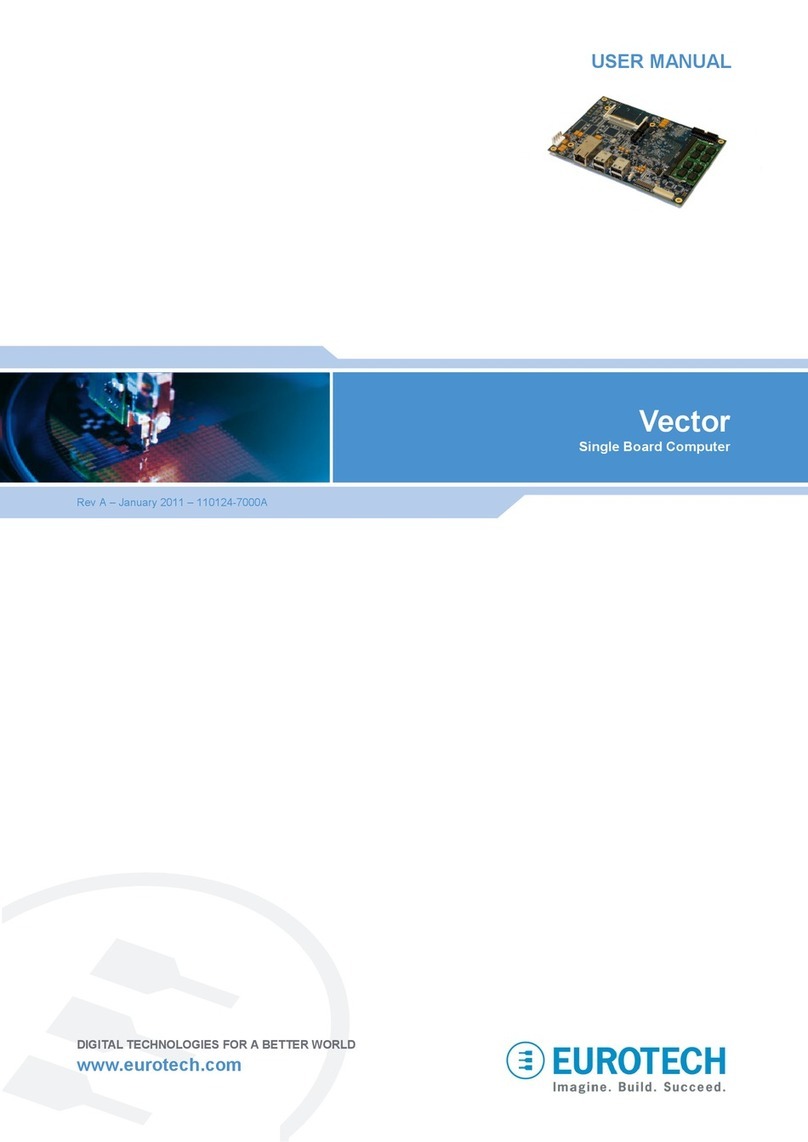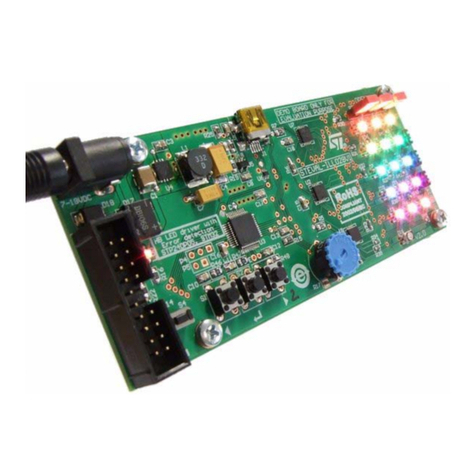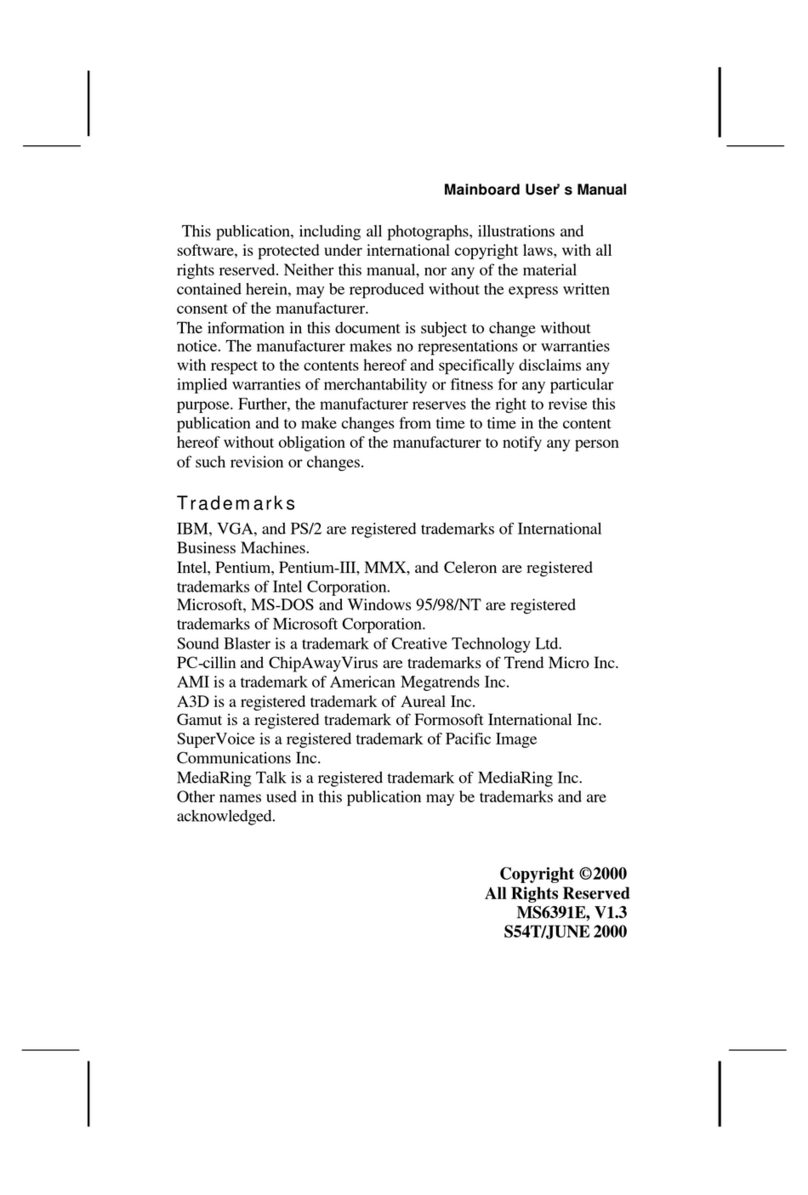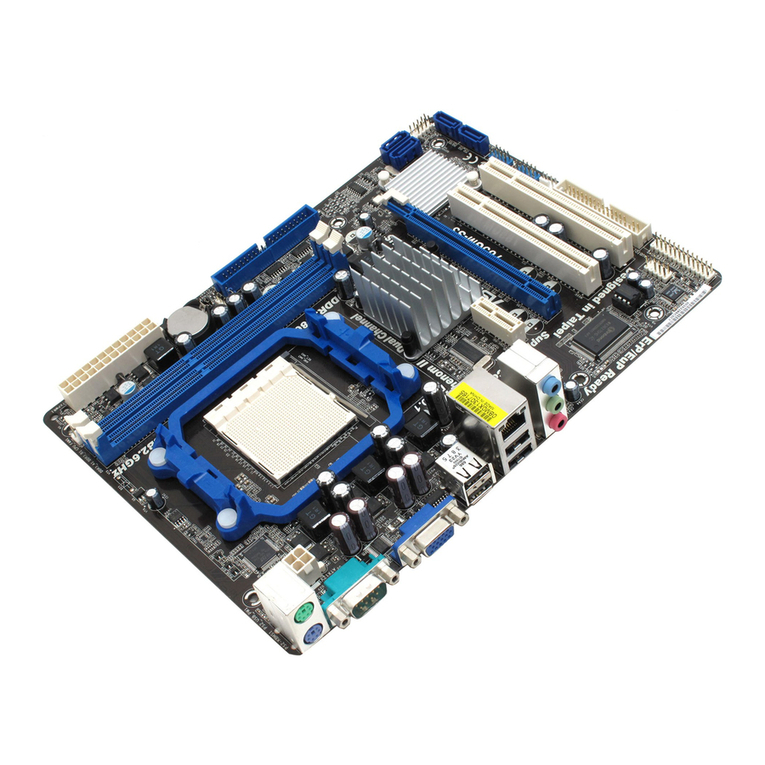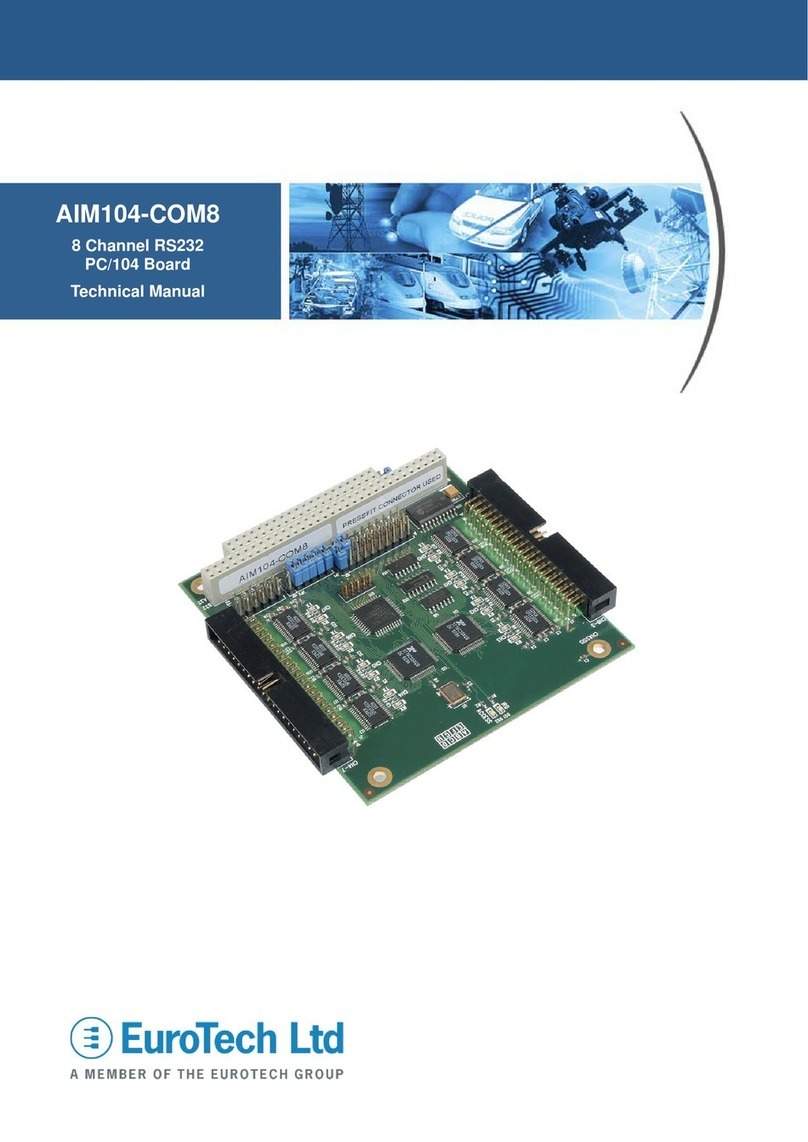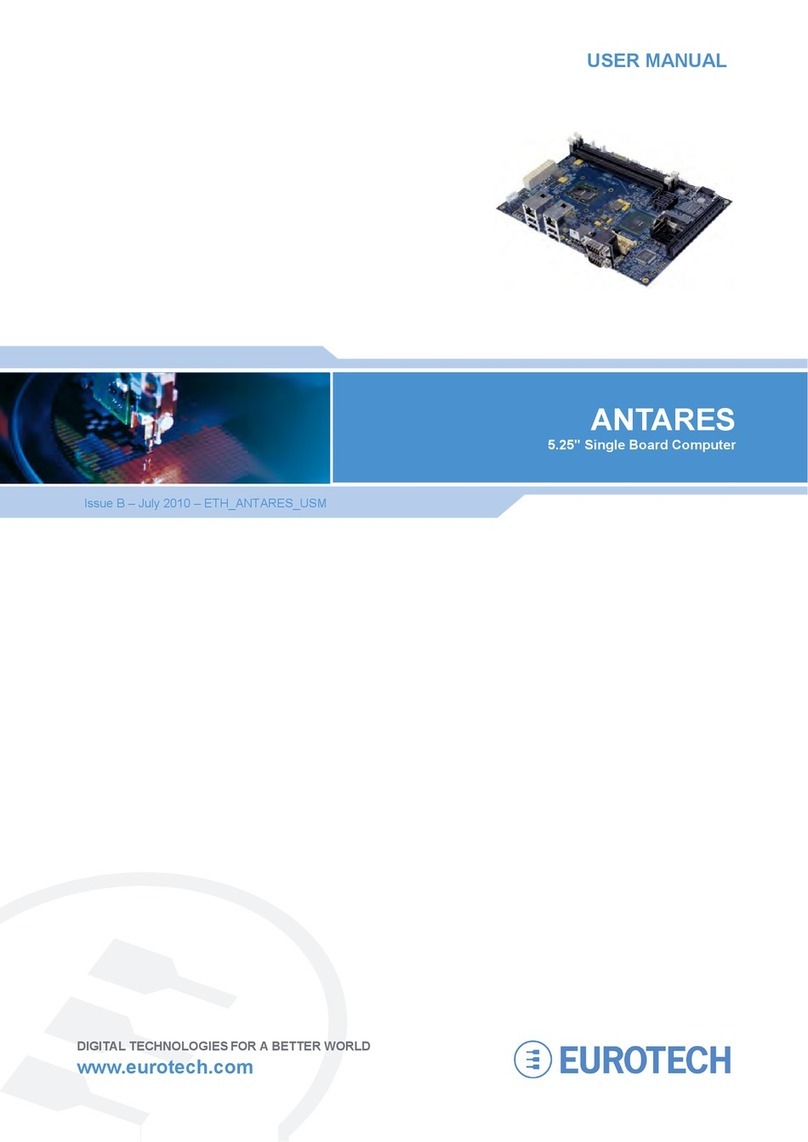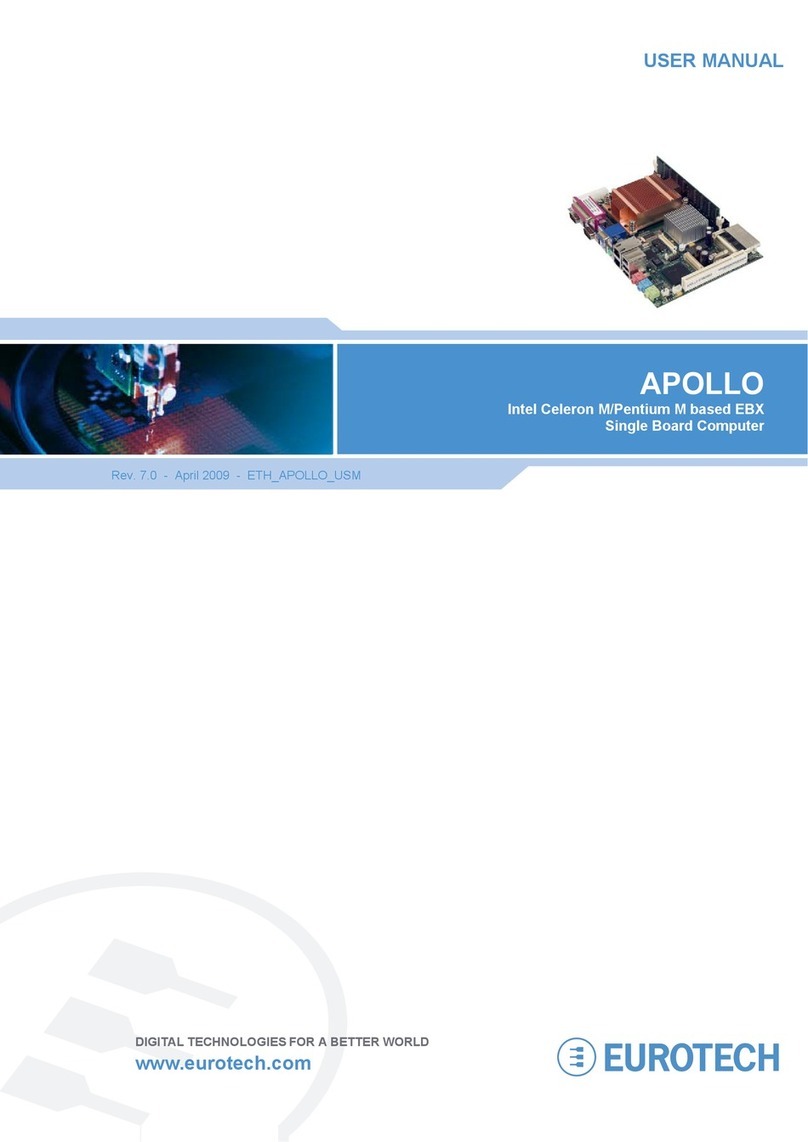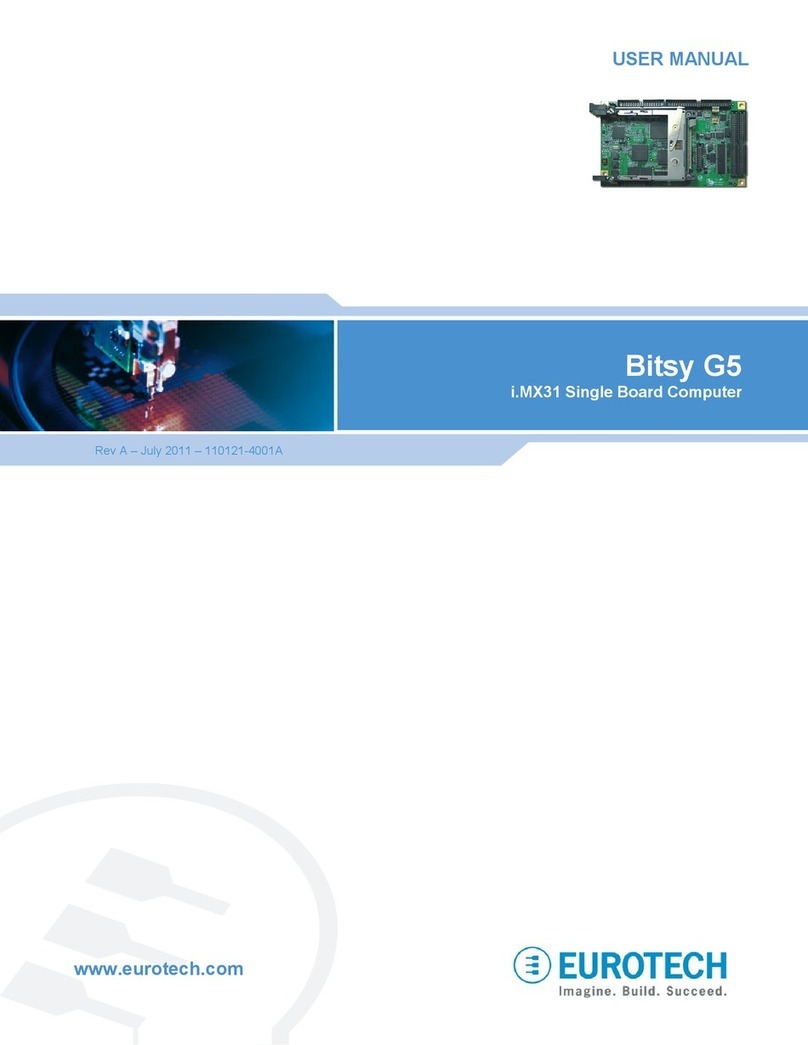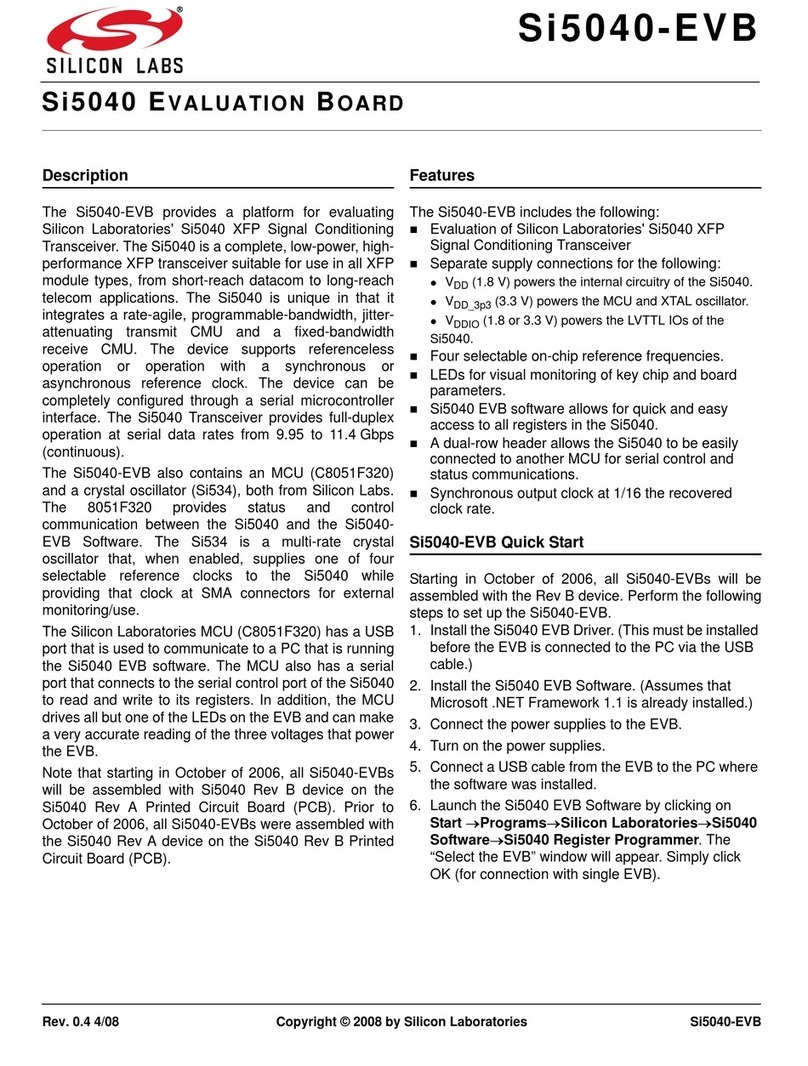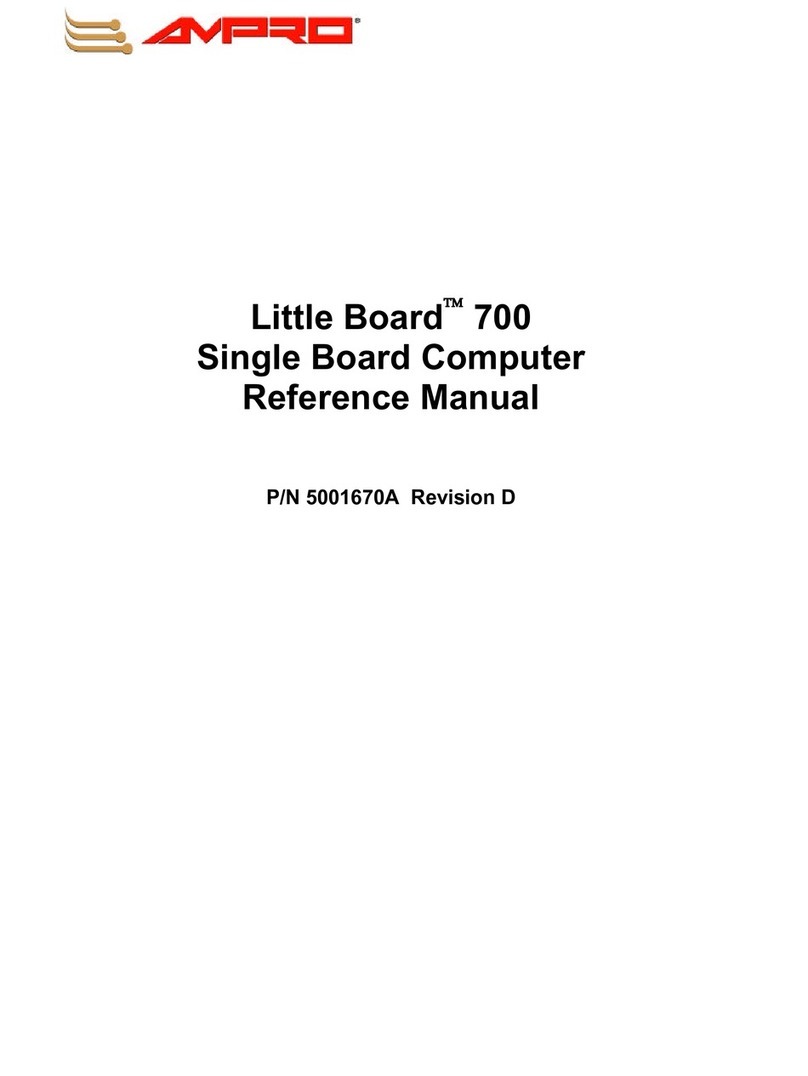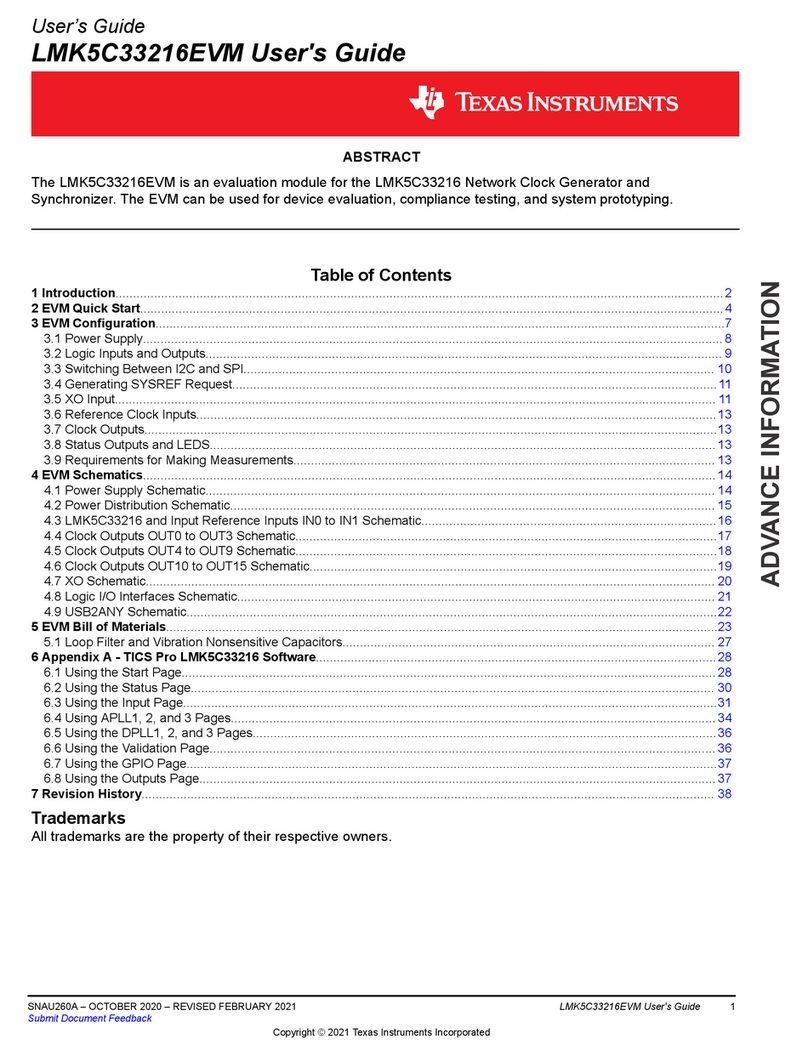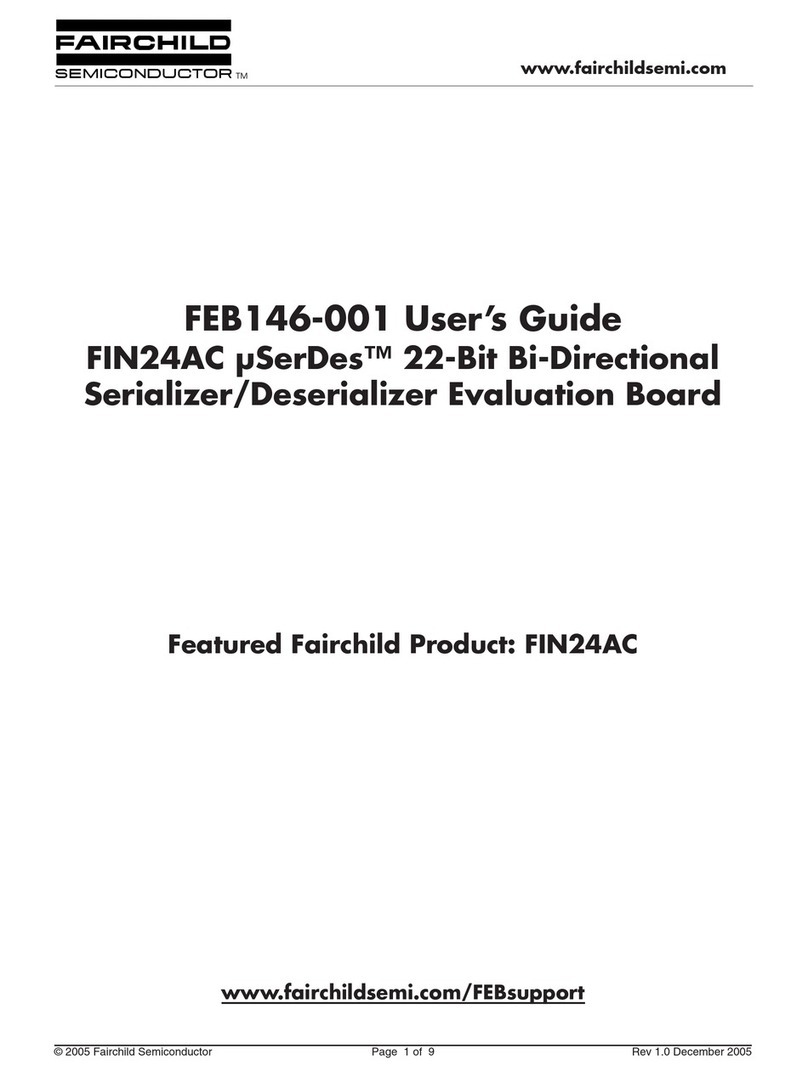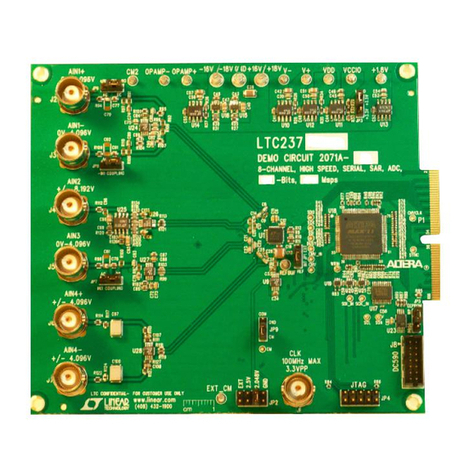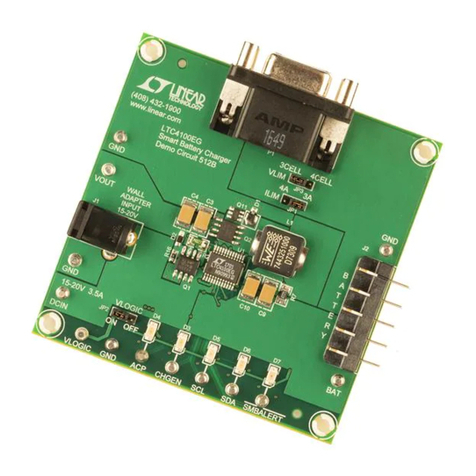
Contents
Issue D 3
Contents
Introduction...............................................................................................................................5
TITAN ‘at a glance’ .......................................................................................................6
TITAN features .............................................................................................................7
TITAN support products..............................................................................................10
Product handling and environmental compliance.......................................................11
Conventions................................................................................................................12
Getting started ........................................................................................................................13
Using the TITAN .........................................................................................................13
Detailed hardware description ................................................................................................15
TITAN block diagram ..................................................................................................15
TITAN address map....................................................................................................16
Translations made by the MMU..................................................................................17
PXA270 processor......................................................................................................17
PXA270 GPIO pin assignments .................................................................................19
Interrupt assignments .................................................................................................24
Real time clock ...........................................................................................................25
Watchdog timer...........................................................................................................26
Memory.......................................................................................................................27
SDIO...........................................................................................................................28
PC/104 interface.........................................................................................................29
Flat panel display support...........................................................................................36
Audio ..........................................................................................................................42
Touchscreen controller ...............................................................................................42
USB ............................................................................................................................43
Ethernet ......................................................................................................................45
Serial COMs ports ......................................................................................................46
I²C...............................................................................................................................50
Quick Capture camera interface.................................................................................51
General purpose I/O ...................................................................................................52
Temperature sensor....................................................................................................52
JTAG and debug access ............................................................................................53
Power and power management..............................................................................................54
Power supplies ...........................................................................................................54
Processor power management...................................................................................57
Peripheral devices power management .....................................................................59
Connectors, LEDs and jumpers..............................................................................................64
Connectors .................................................................................................................65
Status LEDs ................................................................................................................78
Jumpers......................................................................................................................78
Appendix A - Board version / issue .........................................................................................82
Appendix B - Specification......................................................................................................84
Appendix C - Mechanical diagram..........................................................................................86
Appendix D - Reference information ......................................................................................87
Appendix E - ZEUS-FPIF details ............................................................................................88
Appendix F - ZEUS-FPIF-CRT details....................................................................................93




















